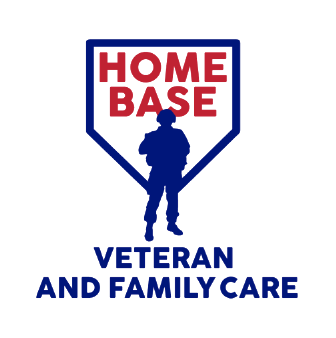Fitness Education: Performance Enhancing Supplements Series: Misconceptions and Truths – Creatine
Performance Enhancing Supplements Series: Misconceptions and Truths – Creatine
Sports medicine professionals get a lot of questions from our former athletes and participants of Home Base Warrior Health and Fitness about supplements, primarily protein powders, creatine, and pre-workout, among others. Given the amount of questions and knowing that RDs (Registered Dietitians) are nutrition experts and are best resource for supplement guidance, we decided start a series to debunk a few myths while also providing some truths about these supplements that are supported by evidence based research. Home Base’s Athletic Trainer and Strength Coaches interviewed and collaborated with Home Base’s Emilie Burgess MS, RDN, CSSD, LDN for expert advice on how to best approach the most popular performance enhancing supplements.
We want to make it clear that we believe that performance enhancing supplements are exactly what they sound like: supplements. They are designed and manufactured to supplement, or support, your current exercise, nutrition, and sleep plans. They are not primarily made to substitute proper whole food nutrition and proper exercise and rehabilitation programming, or to make up for lack of adequate and quality sleep. With that being said, there is a place for these wildly popular and commercially available products to assist you in reaching your health and wellness goals.
Creatine:
Creatine is one of the most thoroughly researched performance supplements and is very safe to use on a consistent basis. Unfortunately, it is widely misunderstood by the average person and is sometimes mislabeled as a dangerous drug which tends to scare some people from using it.
Misconceptions and Truths
The Misconception: Creatine is similar to a steroid and dangerous!
The Truth: As stated above, there is extensive quality research on how creatine increases performance. Creatine is a substance that is created by your body and is found within fish and red meat. Commercialized creatine (creatine monohydrate powder) has proven to be safe and effective.
The Misconception: Creatine builds muscle fast!
The Truth: Creatine draws and retains water in you body, hydrating your muscles and therefore making them look bigger in the first week of using it (which is why it’s a good idea to increase your fluid intake to prevent dehydration). You’ll start seeing results after taking it consistently along with a proper resistance program. For more details on how to create your own program view the fitness education topics from Operation Health @ Home
The Misconception: Creatine helps for muscle endurance and long distance cardio!
The Truth: Creatine supplementation has proven to be effective for explosive and power movements; athletes in fast twitch sports that involve short-term, high intensity activities such as Olympic lifting, baseball, sprint events in track and field have benefited from creatine supplementation. Your body has 3 systems that generate energy: Aerobic Glycolysis, Anaerobic Glycolysis, and Creatine Phosphagen System. The Creatine phosphagen system is responsible for high-intensity, short-duration activities lasting from 0-30 seconds and generates that energy from the breakdown of creatine (creatine phosphate). Therefore, having an abundance of creatine in your body allows this system to perform at a higher capacity when combined with exercise. Unfortunately, creatine supplementation is not as effective for endurance goals or activities lasting longer than 30 seconds.
The Misconception: I need to bulk load my creatine when I start to see results!
The Truth: The recommended daily dosage of creatine supplementation is about 3-5 grams a day. Some experts recommend front loading when starting to take creatine, about 20-25 grams a day for the first week then to continue with 3-5 grams a day after. It is not essential to front load as your muscles will still reach peak creatine concentration, though it may take longer (about 30 days without loading versus 7 days with loading).
How to incorporate creatine into your plan:
Determine what your goals are; if you are planning to increase your speed, power, and strength, or if you are primarily doing high intensity workouts, creatine supplementation may work for you! If you are new to creatine, it’s recommended to start slow (2-5 grams a day) and see how your body responds to it. If you have taken creatine in the past or you have more exercise experience, then creatine loading may be a good place to start [20-25 grams a day (or 0.3g per kg body weight) for 1 week for loading then 3-5 grams a day after for maintenance].
Conclusion:
Make sure you discuss with your doctor about your health and a registered dietitian before buying and taking any supplements. Do your research before buying and trying a new supplement, stick to reputable brands that use quality ingredients, and that have been vetted by certifying organizations. Create goals, understand them, and ask yourself if a supplement will help you towards your goals. Each supplement with affect you differently so find what works best for you with trial and error. If you have any questions about supplements or questions regarding enhancing performance, feel free to reach out to our Registered Dietitians and our Warrior Health and Fitness professionals.
By Christopher Manzano MPS, ATC, CSCS, TSAC-F and Emilie Burgess MS, RDN, CSSD, LDN


 Home Base
Home Base